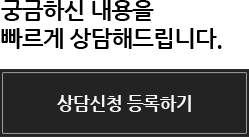Ridiculously Simple Ways To enhance Your Proxy Sites
페이지 정보
작성자 Shannon 댓글 0건 조회 3회 작성일 24-02-12 23:12본문

A proxy, also known as a proxy often referred to as the proxy server, is software which acts as a mediator between a client and server on the internet. Without proxy, a user would make a request resources directly to a server and it would serve direct to users who requested the resource. While this procedure is easy to comprehend and implement with proxies, it can bring benefits in the form of enhanced performance and privacy, security and many more. As an additional layer of protection proxy, it acts as a security guard for the internet between servers and users.
It is generally accepted that the bundle of server hardware with installed proxy software is often known as proxy servers. In this article, we'll concentrate on proxy servers, which are generally classified as software and in the context of web servers. You will get a breakdown of the two primary types of proxy servers: the forward proxy as well as a reverse proxy. Each kind has its own use case, often confused due to the similar namesake convention.
This article will give you an understanding of what proxy services and their subtypes are as well as their significance in common setups. By reading this post, you'll be able to understand how to recognize the situations that a good proxy can be beneficial and pick the right option between reverse and forward proxy based on the situation.
Understanding Forward Proxies
A forward proxy, also known as an open proxy acts as an intermediary for the client who is trying to send a request via the internet to a source server. In this scenario, every request made by the user will be routed straight through forward-proxy. A forward proxy, acting in the client's stead, will examine the request. It will first determine if the client is allowed be able to accept requests through this specific forward proxy. Then, it will deny any request, or redirect it to the server that originally received it. The client does not have connection to any internet. It is able to access only what forward proxy gives its access.
A very popular reasons for forward proxy is to improve privacy and security when surfing the internet. A forward proxy uses the internet as a client, and in the process, it uses an alternative IP address for the original IP address of the client.
Based on how it has been configured depending on how it is configured forward proxy can provide various features based on how it is configured and allows you to:
Stay clear of tracking ads.
Circumvent surveillance.
You can determine limitations based on your geographic area.
Forward proxies can also be used in systems that offer central security and permission-based access, like at a workplace. Internet traffic can go through a forward proxy that is open. an administrator is able to restrict access to only certain clients on the internet that is protected by a standard firewall. Instead of having firewalls in place for the client layer that could include multiple machines with different configurations and users it is possible to install a firewall located at the front proxy layer.
Note the forward proxy setting need to be manually set up to use, but reverse proxies are likely to be not considered in the eyes of the user. Based on the fact that an IP address belonging to a user is transmitted to the server where it came from by the forward proxy, privacy and security may be granted or hidden.
There are a variety of alternatives to think about when it comes to forward proxy:
Apache is an well-known open-source web server, that offers forward proxy capabilities.
Nginx: Another well-known open-source server for web hosting with forward proxy capabilities.
Squid: A free forward proxy which uses an HTTP protocol. It's not the complete web server. Check out our guide on how to install Squid proxy to connect privately in Ubuntu 20.04.
Dante is an forward proxy which makes use of the SOCKS protocol instead of HTTP to make it better suited for cases like peer-to-peer communication. It is also possible to know how to configure Dante proxy to allow private connections in Ubuntu 20.04
Understanding Reverse Proxies
A reverse proxy is the web server which handles the incoming requests of customers on behalf of. The web server could represent a single, or multiple servers. It could also be an application server such as Gunicorn. In all of these scenarios, an application request comes by a user on the internet. Most of the time requests are sent directly to a web server with the resources the user is seeking. In contrast, a reverse proxy acts as an intermediary that isolates your website server from communication with the open internet.
From the perspective of the individual client's point of view, the process of using reverse proxy isn't different from using a Web server to communicate in direct communication. It's exactly the same however the client can't tell the difference. The client requests a resource, which is followed by receiving it without the need for any additional configuration needed for the end-user.
Reverse proxy providers offer features such as:
A centralized layer of security to protect the server.
The direction of traffic coming in is based on the rules you define.
New feature added to caching.
While central security can be a benefit of both forward and reverse proxy, reverse proxies apply this function to the web server layer, but not the client layer. In lieu of focussing on the upkeep of firewalls on the layer of web servers which can contain a variety of servers and different configurations, most of the firewall security is targeted at the reverse proxy layer. Furthermore, the elimination of the responsibility of interacting with firewalls as well as communicating with clients distant from web servers allows them to focus on serving the needs of their customers.
If there are multiple servers that are connected via reverse proxy reverse proxy is also responsible for directing which requests are routed through which server. There may be several web servers providing the same content, each providing different types of services, or a mix of both. These servers may be using the HTTP protocol, which is a typical web server, but they can also incorporate other protocols used by application servers, such as FastCGI. It is also possible to set up a reverse proxy to direct users to a particular server based on the service requested or to comply with specific guidelines on the volume of traffic.
Reverse proxies may benefit from their position over web servers, by providing the ability to cache information. Massive static resources can be set up with caching policy to avoid the web server from being hit with every request. Certain solutions allow you to directly serve static assets without contacting Web servers in any form. Additionally reverse proxy solutions can help compress these assets.
The popular Nginx web server can also function as a well-known reverse proxy service. While there is a similar feature within the Apache web server does have reverse proxy functions as an added feature available to Apache however Nginx was initially designed to and is focused on reverse proxy functionality.
Differentiating Forward Proxy from Reverse Proxy Usage Situations
Since "forward" along with "reverse" conveys the notion of directionality, as well as misleading comparisons to "incoming" and "outgoing" traffic The labels can be confusing since both types of proxy servers process requests and responses. Better yet, the best method to distinguish between forward and reverse proxy is to look at the specifications of the application you're developing.
A reverse proxy could be useful when designing an application that can serve websites on the internet. They act as your web servers when you use the internet.
Forward proxy are useful when placed in front of customers for the purpose of your own use or in a work setting. They represent the traffic of your clients in any interactions with the internet.
A case-based distinction instead of focusing solely on commonly used naming conventions can help in avoiding confusion.
Conclusion
In this article, we explained what a proxy is, and compared it to the two most common types: the forward proxy and reverse proxy. Practical applications and a discussion of the attributes that are beneficial were used to determine forward proxies and reverse proxy. If you're looking to know more about the implementation of proxy servers, you can check out our tutorial on how to set up Nginx as a reverse and web server proxy for Apache on an Ubuntu 20.04 Server.
If you have any concerns regarding where and the best ways to utilize Proxy Sites, you can contact us at our own webpage.
댓글목록
등록된 댓글이 없습니다.
























